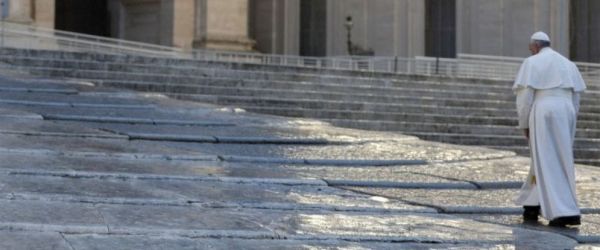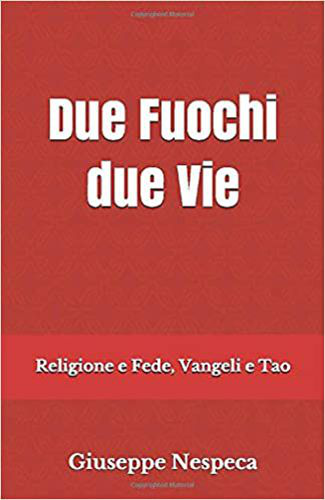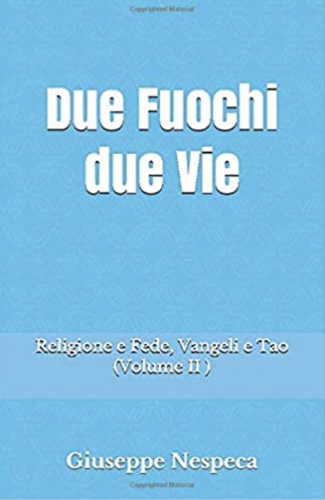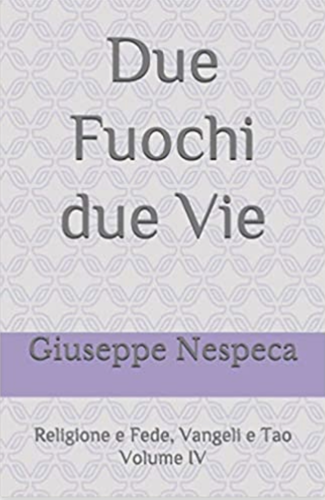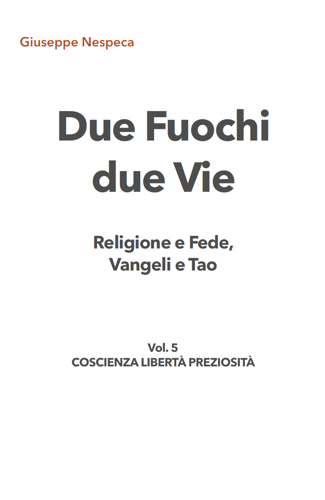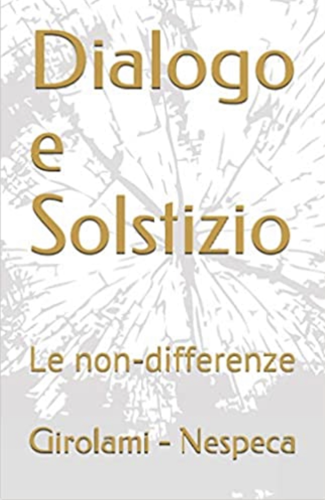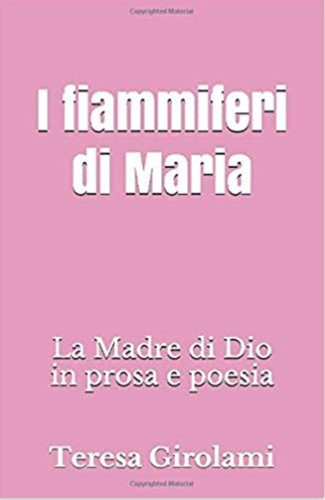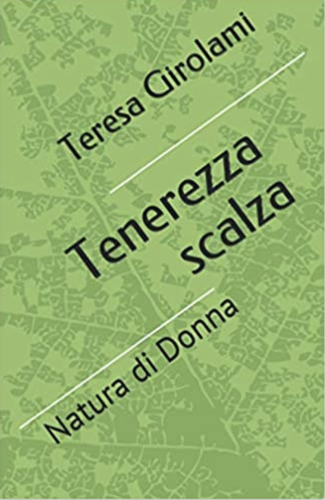At the centre of today’s Gospel reading (Jn 1:29-34) there is this message of John the Baptist: “Behold, the Lamb of God, who takes away the sin of the world!” (v. 29). It is a message accompanied by the gaze and the hand gesture that indicate Him, Jesus.
Let us imagine the scene. We are on the bank of the River Jordan. John is baptizing; there are many people, men and women of various ages, who have come there, to the river, to receive baptism from the hands of the man who reminded many of Elijah, the great Prophet who nine centuries before had purified the Israelites of idolatry and led them back to the true faith in the God of the Covenant, the God of Abraham, Isaac and Jacob.
John preaches that the Kingdom of Heaven is at hand, that the Messiah is about to reveal himself, and one must prepare, convert and act with righteousness; and he begins to baptize in the River Jordan in order to give the people a tangible means of repentance (cf. Mt 3:1-6). These people came to repent their sins, to make penance, to begin their life anew. He knows; John knows that the Messiah, the Lord’s Consecrated One, is now nearby, and the sign to recognize Him will be that the Holy Spirit will descend upon Him. Indeed, He will bring the true baptism, baptism in the Holy Spirit (cf. Jn 1:33).
And thus, the moment arrives: Jesus appears on the river bank, in the midst of the people, the sinners — like all of us. It is his first public act, the first thing he does when he leaves his home in Nazareth, at the age of 30: he goes down into Judea, goes to the Jordan, and is baptized by John. We know what happens. We celebrated it last Sunday: the Holy Spirit descends upon Jesus in the form of a dove and the voice of the Father proclaims him the beloved Son (cf. Mt 3:16-17). It is the sign that John has been waiting for. It is He! Jesus is the Messiah. John is disconcerted, because He manifests himself in an unimaginable way: in the midst of sinners, baptized with them, or rather, for them. But the Spirit enlightens John and helps him understand that in this way God’s justice is fulfilled, his plan of salvation is fulfilled: Jesus is the Messiah, the King of Israel, however, not with the power of this world but as the Lamb of God, who takes upon himself and takes away the sins of the world.
Thus, John points Him out to the people and to his disciples. Because John had a large circle of disciples, who had chosen him as a spiritual guide, and some of them actually become the first disciples of Jesus. We know their names well: Simon, later called Peter, his brother Andrew, James and his brother John. All were fishermen, all Galileans, like Jesus.
Dear brothers and sisters, why have we focused so long on this scene? Because it is decisive! It is not an anecdote. It is a decisive historical fact! This scene is decisive for our faith; and it is also decisive for the Church’s mission. The Church, in every time, is called to do what John the Baptist did: point Jesus out to the people, saying, “Behold, the Lamb of God, who takes away the sin of the world!”. He is the One Saviour! He is the Lord, humble, in the midst of sinners, but it is He, He: there is no other powerful one who comes; no, no it is He!
These are the words that we priests repeat each day, during the Mass, when we present to the people the bread and wine become the Body and Blood of Christ. This liturgical gesture represents the whole mission of the Church, which she does not proclaim herself. Woe, woe when the Church proclaims herself; she loses her bearings, she doesn’t know where she is going! The Church proclaims Christ; she does not bring herself, she brings Christ. Because it is He and only He who saves his people from sin, frees them and guides them to land and to true freedom.
May the Virgin Mary, Mother of the Lamb of God, help us to believe in Him and follow Him.
[Pope Francis, Angelus January 15, 2017]



